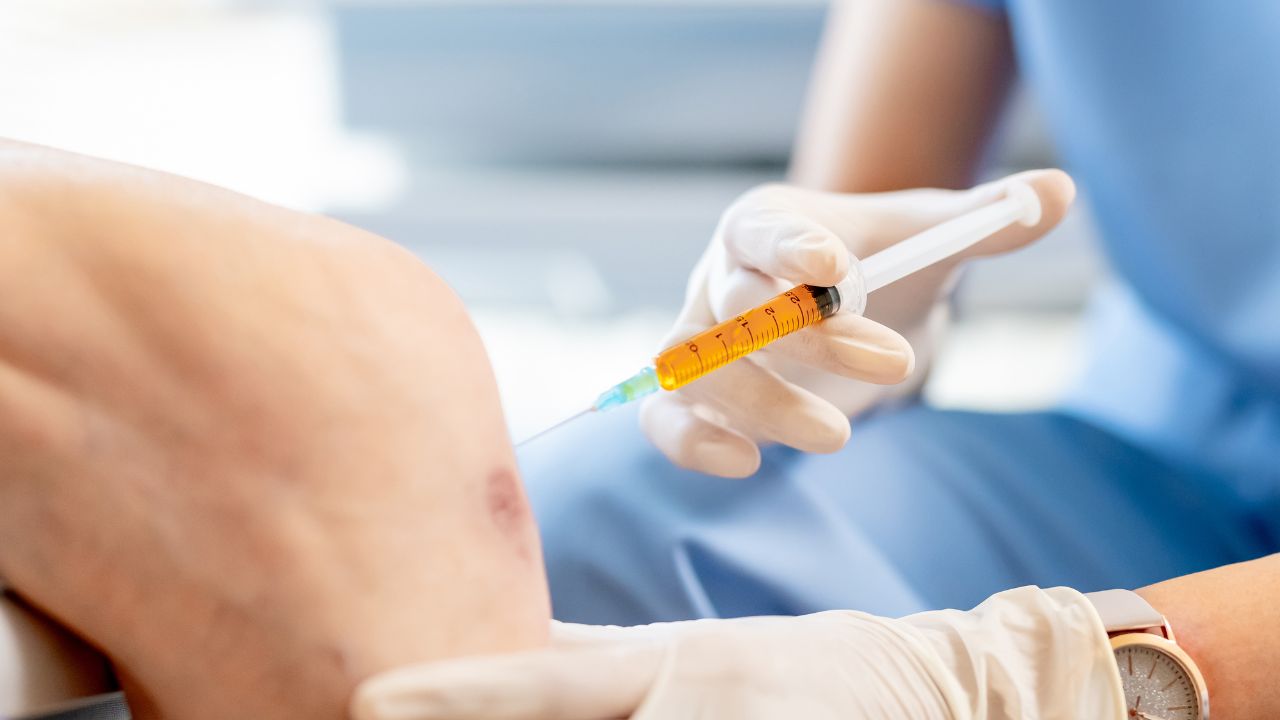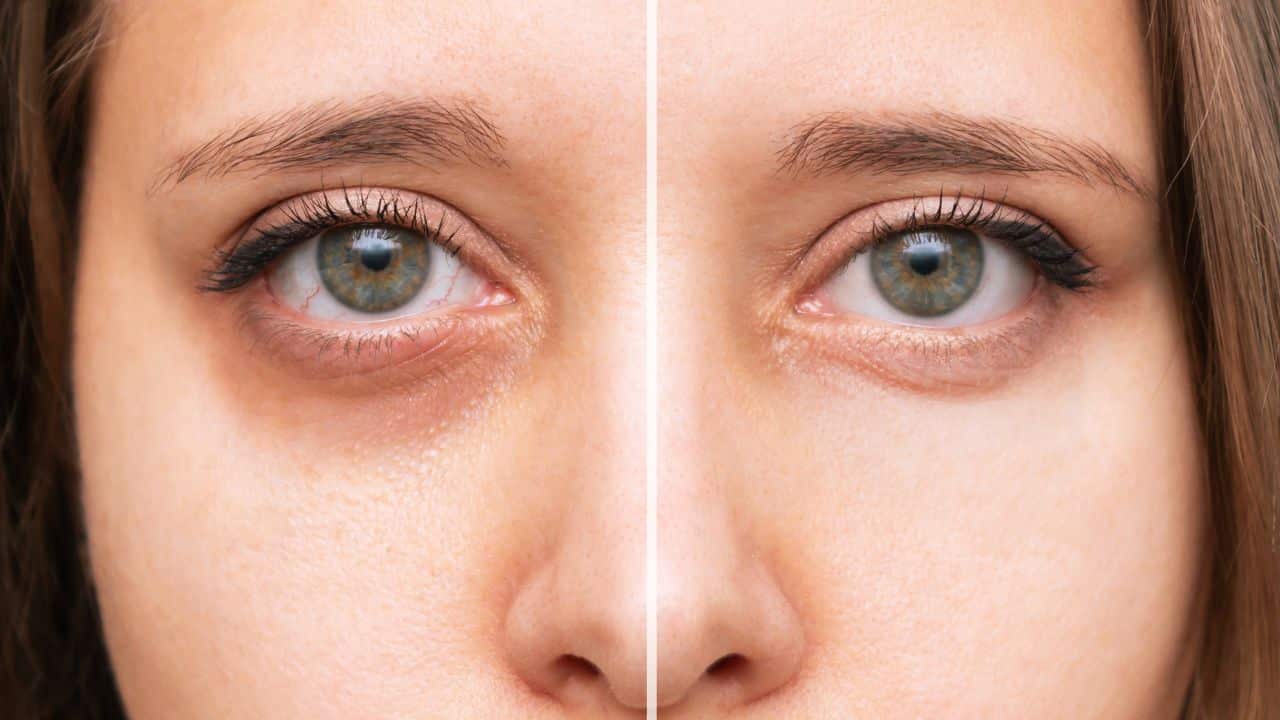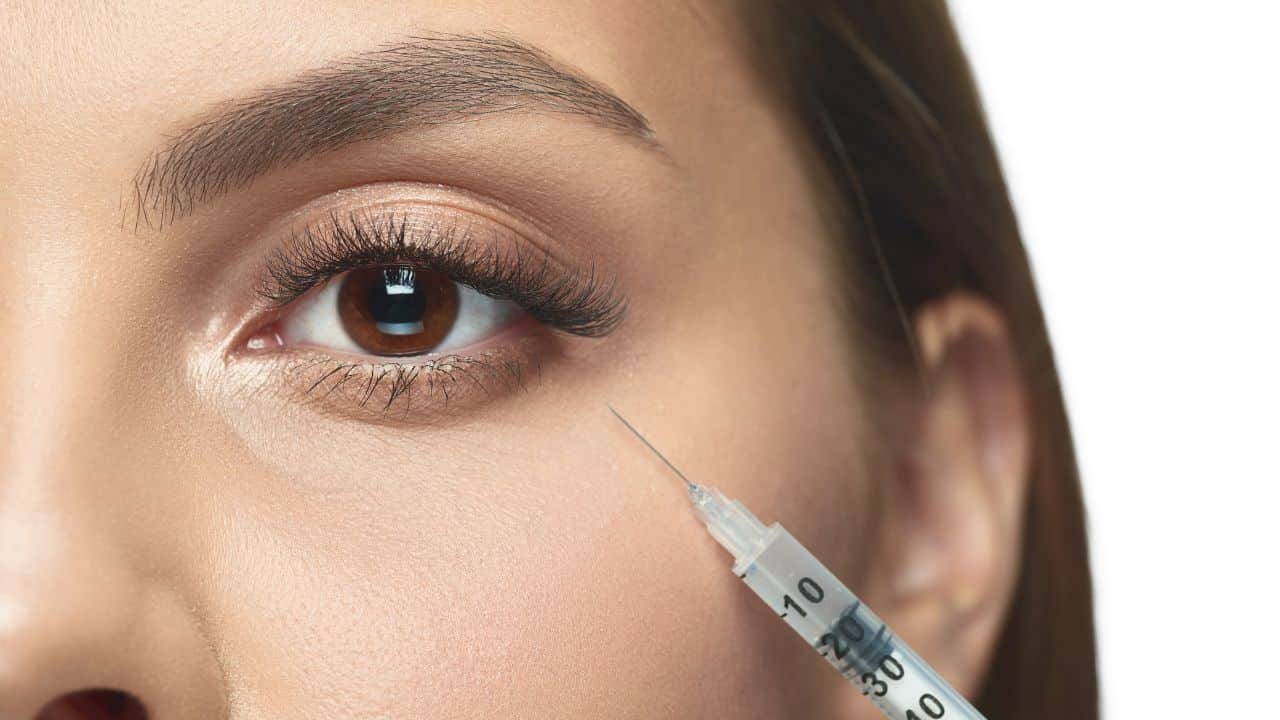Two popular treatments have become prominent in regenerative medicine: Prolotherapy and Platelet-Rich Plasma (PRP) therapy.
Both treatments promote the body’s natural healing process, relieving patients of pain and improving joint function. However, understanding the differences between these therapies is crucial for making an informed decision about which one is best for you.
We’ll comprehensively compare Prolotherapy and PRP therapy here by delving into their mechanisms of action, advantages, and potential drawbacks. While both treatments have their merits, we’ll also highlight why PRP therapy has become a preferred choice for many in Beverly Hills seeking optimal healing and rejuvenation.
What is Prolotherapy?
Prolotherapy, short for “proliferative therapy,” is a regenerative treatment that has been in use since the 1930s. It involves injecting an irritant, commonly a dextrose-based solution, into injured or weakened ligaments and tendons to promote healing.
How It Works: Mechanism of Action?
The injected solution creates a controlled inflammatory response, stimulating the body’s natural healing process. This leads to new, stronger connective tissue formation, ultimately reducing pain and improving joint stability.
Conditions Commonly Treated With Prolotherapy
Prolotherapy is typically used to treat
- Osteoarthritis
- Chronic tendonitis, and
- Joint pain caused by ligament laxity or instability
Some advantages of prolotherapy include its ability to target specific joints or areas of pain and its relatively low cost. However, the treatment may require multiple sessions for optimal results, and it’s not always effective for every patient.
What is PRP Therapy?

Platelet-Rich Plasma (PRP) therapy is a cutting-edge regenerative treatment that has recently gained popularity. It involves using a patient’s blood, which is centrifuged to concentrate platelets and growth factors, and then injecting it into the affected area to promote healing.
PRP therapy harnesses the power of growth factors and other bioactive proteins present in platelets to stimulate tissue repair, accelerate healing, and reduce inflammation. This targeted approach can lead to improved joint function and pain relief.
Comparing Prolotherapy vs PRP Therapy
Both prolotherapy and PRP therapy aim to stimulate the body’s natural healing processes to repair damaged tissues, reduce pain, and improve joint function. Both treatments inject a solution into the affected area, targeting specific tissues for optimal healing.
Critical Differences in the Treatment Process
The primary difference between the two treatments lies in the injected solutions. Prolotherapy uses an irritant solution, commonly dextrose-based, while PRP therapy utilizes the patient’s platelet-rich plasma.
This difference leads to variations in the healing mechanisms, with PRP relying on growth factors and bioactive proteins to accelerate tissue repair.
Effectiveness: Comparing Success Rates and Patient Outcomes
While both treatments have successfully alleviated pain and promoted healing, PRP therapy has been associated with faster recovery times and better long-term results in some cases.
Additionally, PRP is more effective in treating specific conditions, such as tendon injuries and osteoarthritis, due to its targeted approach and the presence of growth factors.
Safety and Potential Side Effects
Both prolotherapy and PRP therapy are safe, with a low risk of complications or severe side effects. However, PRP therapy may lower the risk of adverse reactions by using the patient’s blood.
Common side effects for both treatments include temporary pain, swelling, or bruising at the injection site.
Duration and Frequency of Treatments
The duration and frequency of prolotherapy and PRP therapy treatments depend on the severity of the condition and the individual patient’s response. Generally, prolotherapy may require more sessions, spaced a few weeks apart, while PRP therapy often involves fewer sessions with a longer interval between treatments. However, individual treatment plans can vary widely.

Cost Comparison
While prolotherapy is often less expensive per session than PRP therapy, the latter’s potential for better long-term outcomes and fewer required sessions may balance the cost difference for some patients. It’s essential to consider the overall value of the treatment rather than focusing solely on the cost per session when making a decision.
Prolotherapy vs PRP vs Stem Cell
| Treatment | Description | Source of Healing Factors | Delivery Method | Typical Uses |
| Prolotherapy | Injecting a solution into the joint | Dextrose solution (sugar water) | Injection into joint or tissue | Musculoskeletal pain, ligament & tendon injuries |
| PRP Therapy | Injecting a concentrated platelet-rich plasma solution into the joint or tissue | Platelet-rich plasma (concentrated in the patient’s blood) | Injection into joint or tissue | Tissue repair, arthritis, tendonitis |
| Stem Cell Therapy | Injecting stem cells into the joint or tissue | Stem cells (derived from the patient’s bone marrow, adipose tissue, or from donor sources) | Injection into joint or tissue | Cartilage and bone regeneration, osteoarthritis, tendon, and ligament repair |
Prolotherapy vs PRP: Factors to Consider When Choosing a Treatment
When deciding between prolotherapy and PRP therapy, it’s crucial to consider your specific needs and goals.
Factors such as the severity of your condition, the desired speed of recovery, and your overall expectations for treatment outcomes can influence your decision. Additionally, some patients may have personal preferences or lifestyle factors that make one treatment more appealing.
Evaluating the Severity of the Condition
The severity of your condition can play a significant role in determining the most suitable treatment. PRP therapy may be more effective for patients with more severe or chronic conditions, as the concentrated growth factors can accelerate healing and tissue repair.
However, prolotherapy may still be viable for patients with mild to moderate conditions or those seeking a less expensive treatment alternative.
Consulting with a Qualified Healthcare Professional
Before deciding between prolotherapy and PRP therapy, it’s essential to consult with a qualified healthcare professional who can assess your condition and provide personalized recommendations.
A healthcare provider can help you weigh the pros and cons of each treatment, considering your medical history, individual needs, and desired outcomes.
Taking Personal Preferences and Lifestyle Factors into Account
Personal preferences and lifestyle factors can also influence your decision between prolotherapy and PRP therapy. For example, some patients may prefer PRP therapy because it uses their own blood, reducing the risk of adverse reactions.
Others may prioritize a treatment with fewer sessions or faster recovery times. Considering your lifestyle, personal preferences, and comfort level with each treatment can help you make the best decision for your unique circumstances.
Conclusion
Both prolotherapy and PRP therapy offer promising regenerative solutions to help patients alleviate pain and improve joint function.
While they share similar treatment goals, critical differences in their mechanisms of action, effectiveness, and safety should be considered when choosing between the two.
PRP therapy has emerged as a popular choice in Beverly Hills, providing faster recovery and better long-term outcomes for some patients.
Ultimately, consulting with a healthcare professional and considering your needs and preferences is essential when deciding. You can optimize your healing journey and enjoy lasting benefits by selecting the most suitable treatment.





